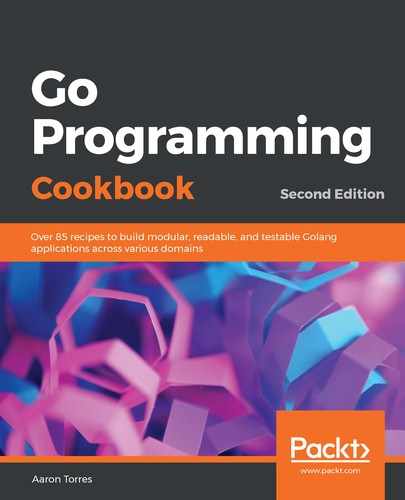The Copy() function copies bytes between interfaces and treats that data like a stream. Thinking of data as streams has a lot of practical uses, especially when working with network traffic or filesystems. The Copy() function also creates a MultiWriter interface that combines two writer streams and writes to them twice using ReadSeeker. If a Reader interface was used instead, rather than seeing exampleexample, you would only see example despite copying to the MultiWriter interface twice. You can also use a buffered write if your stream is not fitted into the memory.
The PipeReader and PipeWriter structures implement the io.Reader and io.Writer interfaces. They're connected, creating an in-memory pipe. The primary purpose of a pipe is to read from a stream while simultaneously writing from the same stream to a different source. In essence, it combines the two streams into a pipe.
Go interfaces are a clean abstraction to wrap data that performs common operations. This is made apparent when doing I/O operations, and so the io package is a great resource for learning about interface composition. The pipe package is often underused, but provides great flexibility with thread safety when linking input and output streams.
